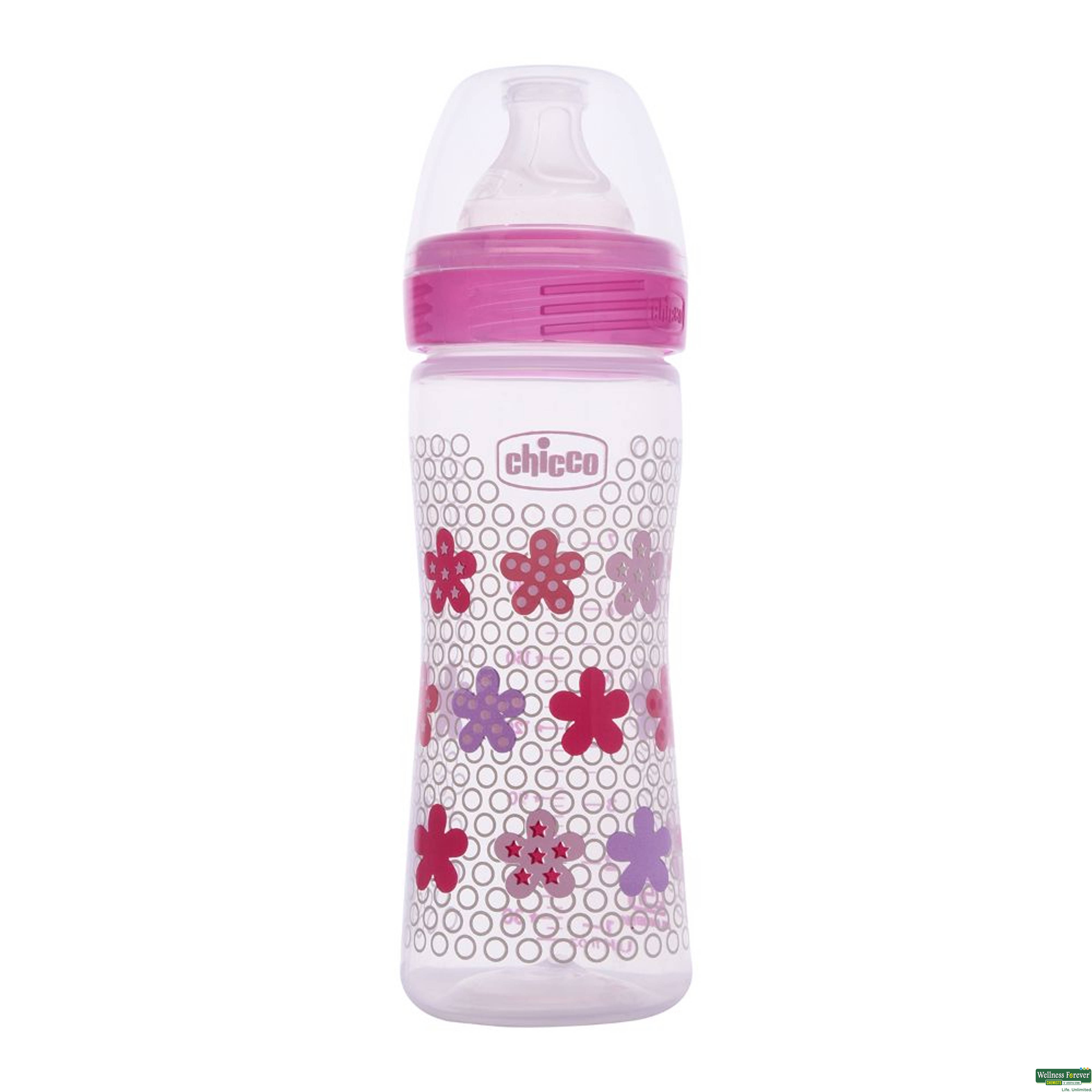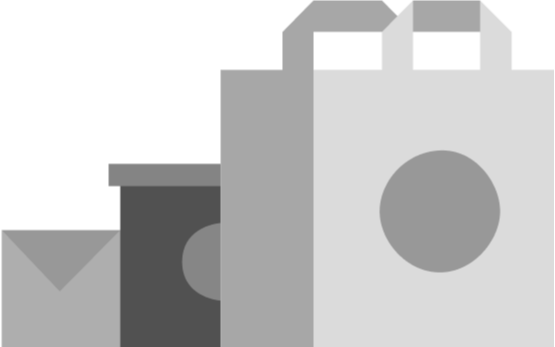Feeding Bottles
FILTERS
Category
Brands
CHICCO
9
PIGEON
7
FLO-RITE
5
LITTLES
3
Colours
Blue
3
White
2
Pink
1
Sort By
Feeding Bottles

Chicco Feeding Bottle 250ml
₹349
Inclusive of all taxes
Delivery within

Chicco Feeding Bottle 250ml
₹349
Inclusive of all taxes
Delivery within

Chicco Feeding Bottle 330ml
₹379
Inclusive of all taxes
Delivery within

Chicco Feeding Bottle 150ml
₹319
Inclusive of all taxes
Delivery within

Chicco Feeding Bottle 250ml
₹349
Inclusive of all taxes
Delivery within
















